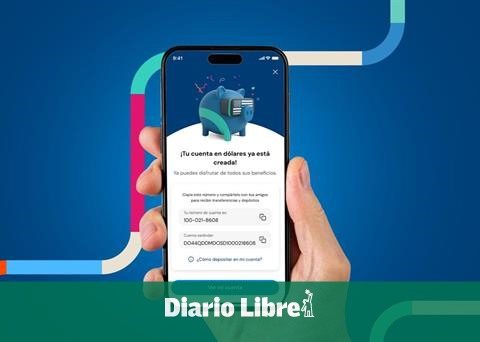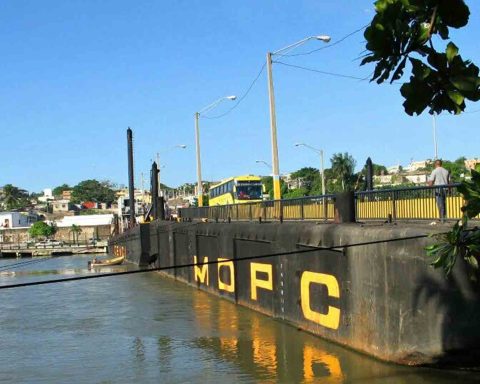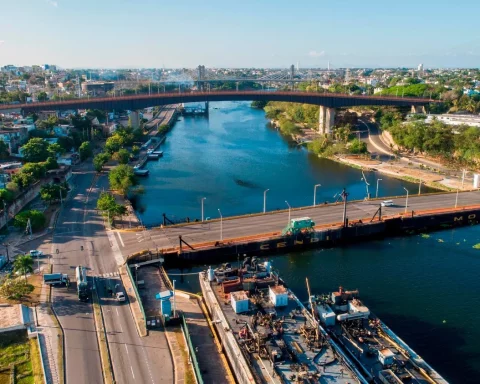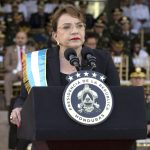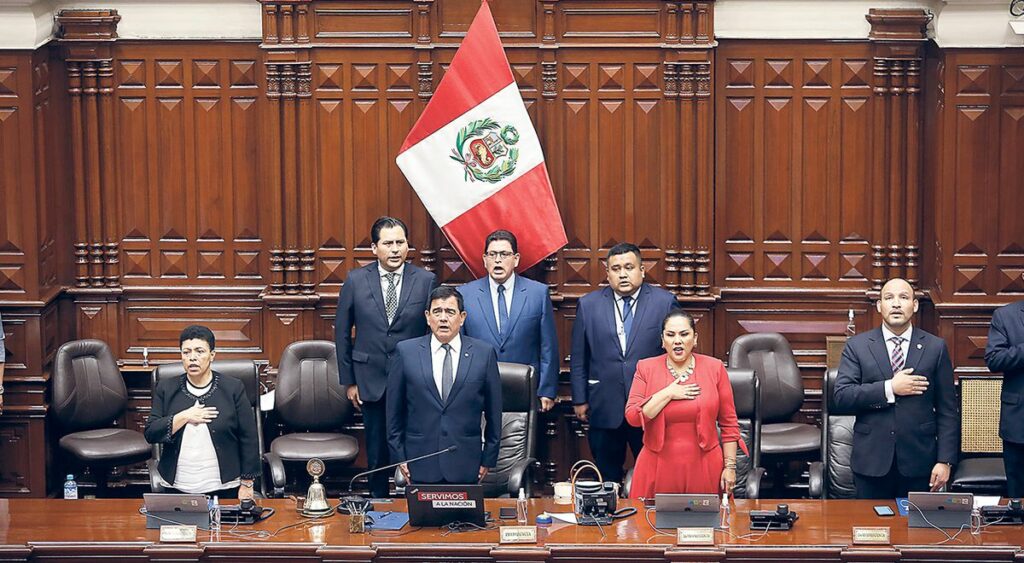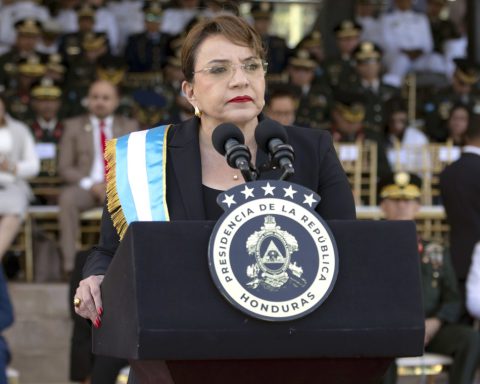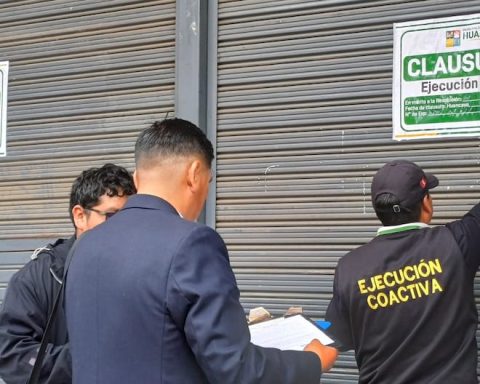SANTO DOMINGO.-Line II of the Santo Domingo Cable Car, in Los Alcarrizos, is almost a reality. Yesterday the President of the Republic, Luis Abinader, turned on the button to test the cabins (163 in total) of the cable transport system that will be open to the public at the end of February 2023.
In a busy visit to the main station, located at the entrance to Los Alcarrizos, accompanied by the Minister of the Presidency, Joel Santos, and the main executives of the work, the president announced that in the stage prior to the commercial opening, the tests will continue so that people know it until it gets going.
President Luis Abinader greets one of those present in Los Alcarrizos. JOSE DE LEON
The new line will work from the aforementioned 4.19-kilometer route to Barrio Los Americanos on a provisional basis and users will travel by bus from Kilometer 14 to the María Montés station of the Santo Domingo Metro, a 6.5-kilometer long railway route to It ends in the year 2024.
“The whole plan is on the way, people arrive here and they would get on the Metro with their same ticket, we talked about how the residents will save about three hours of transportation each day, round trip, it is a great project for one of the fastest growing municipalities”, explained Abinader.
User mobility
The president said that this is one of the “critical works” in Greater Santo Domingo, which will shorten to about 15 minutes a journey that in normal times takes an hour, and an hour and a half, from the Free Zone to the Duarte Highway and transport about 4,500 people per hour in each direction.
“There are four stations, it will be arriving at the third (station) and in January at the fourth test people will be assembled and in the third week of February normal passengers,” Abinader pointed out.
Moments before supervising the terminal, the presidents socialized with the executive director of the Unit for the Readjustment of Neighborhoods and Environment, José Miguel González Cuadra; Jhael Isa, executive director of the Transportation Trust, in relation to the progress of the project that seeks to make transportation more efficient and collectivize.
Likewise, Rafael Rosario, director of the Office for the Reorganization of Transport (Opret); Hugo Beras, director of the National Institute of Land Transportation, and Radhamés González, of the Metropolitan Bus Services Office (OMSA), who will participate through the management of complementary buses.
Components
During the tour it was possible to contact the progress of the civil works, which includes a large bus terminal from which users will be able to connect in the future with Line 2 of the Santo Domingo Metro.
As soon as the system is turned on, international technicians will begin the testing and certification process through different load scenarios, empty tractor support cable, with empty cabins, and with cabins with weight, in order to validate the safety of the users of the system. project in charge of URBE.
system quality
— Certification
After completing civil and electromechanical works, tests are carried out to certify quality. System will move from Station I Los Alcarrizos to Station III in Pueblo Blanco; then it reaches the IV in Los Americanos.
Line II stations are on land, not elevated
cabins. “The system is practically ready, what we are doing is testing the safety and adding weight to the cabins (of 12 people), the idea is that it will operate before the Metro, putting into operation an OMSA route,” he commented. José Miguel González Cuadra, executive director of URBE.
Unlike Line I of the Cable Car, of Gualey Sabana Perdida, the cabins of this route are reaching the ground level, not elevated. “Of the four stations, three are on the first level,” said Gonzalez Cuadra.



